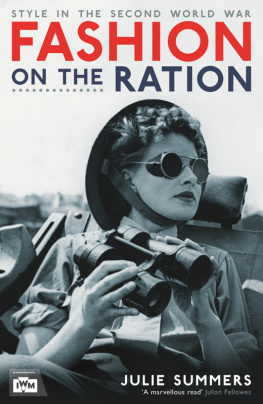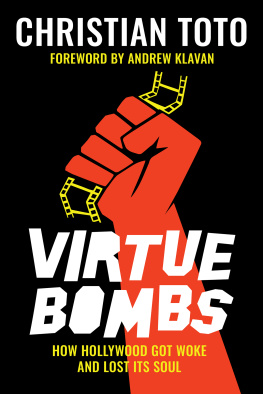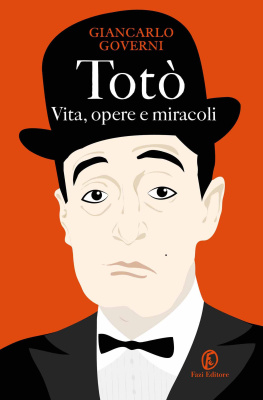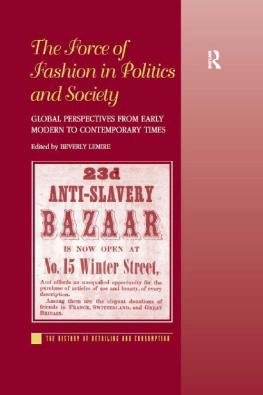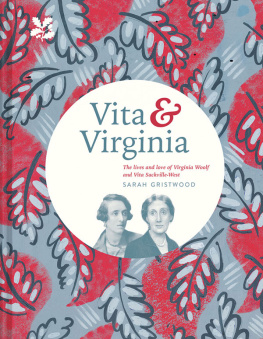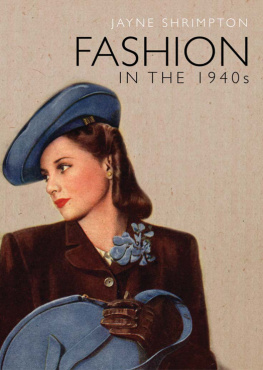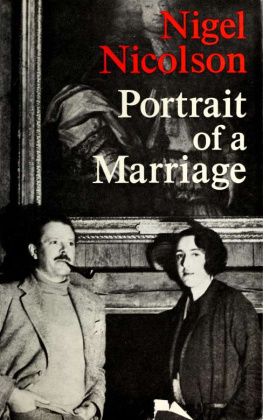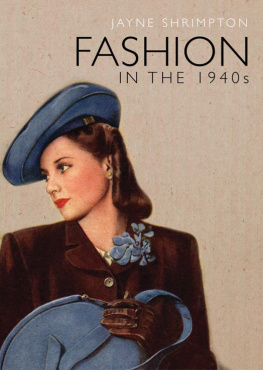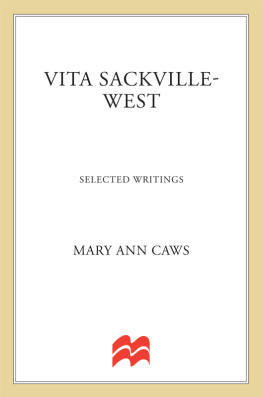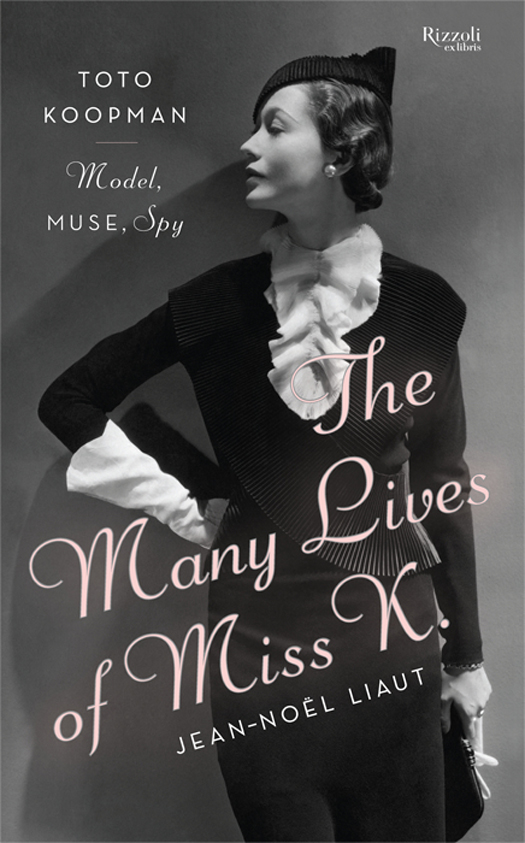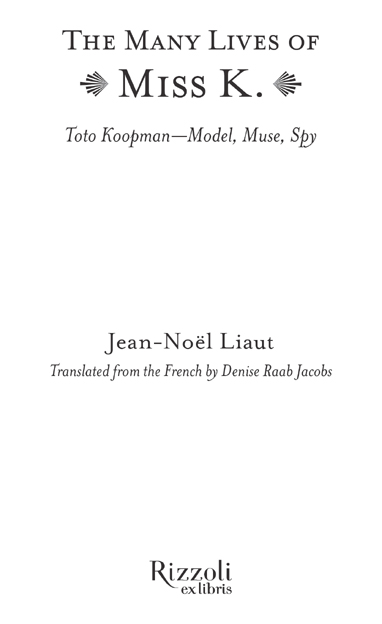[E]xuberant [Koopmans] life reads like that of a spectacularly well-connected Bond girl.
P UBLISHERS W EEKLY
When Jean-Nol Liaut becomes interested in a character, you can expect a fascinating study of aesthetics, adventure and a larger than life existenceall perfectly captured.
V OGUE
On Madeleine Castaing
The legendary Saint-Germain des Prs designer could not have dreamed of a more flattering homage than this layered biography that is as informative as it is entertaininga model for the genre.
M ARIE-CLAIRE
On Givenchy
Jean-Nol Liauts biography [of Hubert de Givenchy] is as entertaining as a Billy Wilder movie.
L E F IGARO
On Bizarre Angels
A whos who of the 20th centurys grand eccentric womenBizarre Angels is the perfect bedtime read.
L E F IGARO L ITTRAIRE
First published in hardcover in the United States of America in 2013
by Rizzoli Ex Libris, an imprint of
Rizzoli International Publications, Inc.
300 Park Avenue South
New York, NY 10010
www.rizzoliusa.com
This ebook edition 2013 Rizzoli International Publications, Inc.
Originally published in France as La Javanaise
Editions Robert Laffont, S.A., Paris, 2011
All rights reserved. No part of this publication may be reproduced, stored in a retrieval system, or transmitted in any form or by any means, electronic, mechanical, photocopying, recording, or otherwise, without prior consent of the publishers.
eISBN: 978-0-8478-4142-4
v3.1
For Floch, with affection
Contents
I am more jealous of my own secrecy than of anything in this world. I hate discussing topics that might furnish people with clues about me. I do not want people to get to know me; rather that this should happen, I will build an extra fortress of reserve round myself, I will treble the guard at the gate.
Violet Trefusis
Letter to Vita Sackville-West,
August 27, 1918
What does not warrant a second reading does not exert lasting fascination.
Cristina Campo
Introduction
Its Mademoiselle! I never wanted to marry, countered Catharina Toto Koopman to anyone who dared to address her as Madame. It was the same answer she gave throughout her life, a long life of adventure, peril, conflict and intrigue; a life where petty rancor and timid imagination had no place and simplistic dualism had no voicethe extraordinary journey of a beguiling woman.
A stunning combination of the British fictional heroines Modesty Blaise and the Madonna of the Sleeping Cars, Toto Koopman (19081991) was the first biracial fashion model to achieve celebrity; she was also a spy, deported for her participation in the Rsistance, and the muse for Europes most influential art gallery of the second half of the 20th century. From the island of Java to the studios of Vogue, from the Ravensbrck concentration camp to the London art scene of the 1950s and 1960s, this beautiful, multilingual, daring, playful and resolutely free-spirited woman left no one indifferent.
While some thought her dissolute and arrogant, others considered her loyal and irresistible. Toto Koopman routinely defied convention in her search for love and adventure. Indifferent to social taboos, she had lovers of both sexesfrom Tallulah Bankhead to Lord Beaverbrookbefore settling down with Erica Brausen, the visionary German woman who launched the career of artist Francis Bacon. The two women remained together for the rest of their lives. From 1947 to 1973, their art gallery represented the most important contemporary painters and sculptors and played a vital role in the history of art and aesthetics.
While parts of Toto Koopmans life may seem to strain credibility, they are all true. Indeed, I believe many more facts concerning our beautiful and eccentric heroine have yet to be revealed. Capturing her essence for this biography was like trying to extinguish the burning bushshe remained elusive in every sense of the term.
Toto Koopmans life story had the Lubitsch touch, meaning that the cast of sophisticated hucksters, double agents, fickle lovers, minences grises and luminaries around her could have stepped out of one of that directors films. Reality can sometimes surpass fiction: a bogus Russian princess who married the son of Arthur Conan Doyle, a war hero who became the patron of the Royal Opera House in Covent Garden and a woman who was a sworn enemy of Chairman Mao were among the people who influenced her destiny. Both Toto Koopman and Erica Brausen followed the teachings of the esoteric philosopher G.I. Gurdjieff and, for more than ten years, maintained a profound and volatile relationship with Francis Bacon. All those drawn into Totos circle lived by Andr Bretons belief that even the slightest loss of impetus could prove fatal.
As I learned more about Toto Koopman, I was reminded of the marching forest in Macbeth. As the theme of a previous book I had written, the angel of the bizarre had been my longtime companion, and I was intrigued. Little did I know that my journey would take me across Europe, that I would consult the archives of the Chanel Conservatory as well as those from the Paris Prefecture of Police, that I would correspond with the Dutch intelligence service and that the people I interviewed would include the prize-winning writer Edmonde Charles-Roux, renowned gallerist Denise Ren and the pioneering director Peter Brook, among others.
Toto Koopmans life was an adventure, played with style and audacity. She was a phoenix whose multiple transformations evoke the heroines in Ovids Metamorphoses. Following her trail led me from the ateliers of Max Beckmann and Joseph Oppenheimer, for whom she posed, to the 1936 Berlin Olympic Games, resurrecting such international spies as Moura Budberg and Stewart Menzies, the M made famous by the James Bond adventures; and when Totos interest turned to archaeology and she participated in several digs, her mentor was none other than Max Mallowan, husband of Agatha Christie.
I traveled back in time to the set of an Alexander Korda film featuring Toto, Douglas Fairbanks and Merle Oberon. I discovered Panarea, one of the Aeolian Islands in the Tyrrhenian Sea. By transporting soil and water by boat from Naples, Toto transformed the volcanic and arid island into a veritable Eden, where she then held open-air salons with Luchino Visconti and Bruce Chatwin. Her multiple arrests during the period from 1941 to 1945 led to even more astounding revelations. Had the femme fatale become a knight-errant?
And what to make of the rumors that circulated about her? It was said that Miss K. was the only woman ever admitted as a member to Whites, Londons most exclusive gentlemens club; that she owed her release from the Ravensbrck concentration camp to Raoul Wallenberg, one of the Righteous Among the Nations; and that, at age seventy, she was pressured by the Mafia to leave the island of Panarea.
Her life, marked by an unrelenting quest for independence, and replete with romance, humor and heartbreak, deserved to be known. More than standing as a portrait of an individual woman, this book traces the history of twentieth-century Europe: colonialismthe biracial child was one of Javas green Dutchmenfascism, concentration camps, caf society, artistic and aesthetic revolutions In Toto Koopman, the intimate melds with the currents of history.


